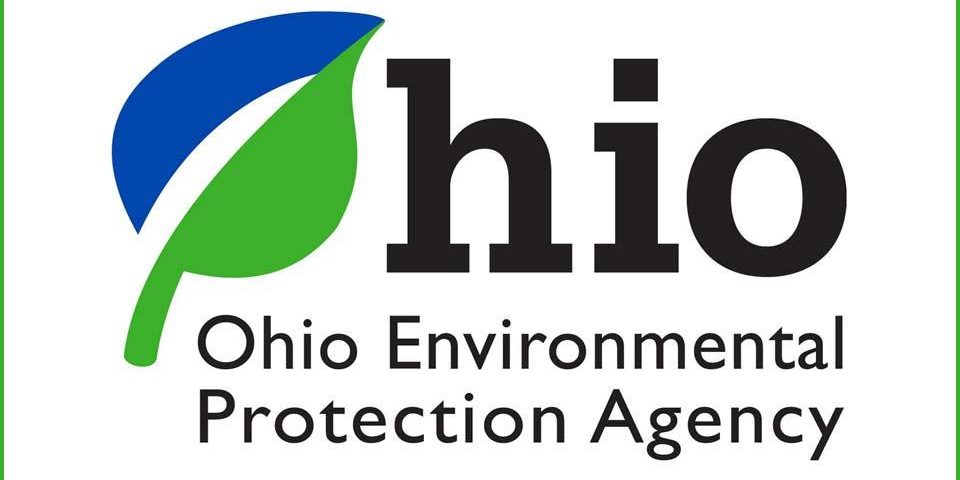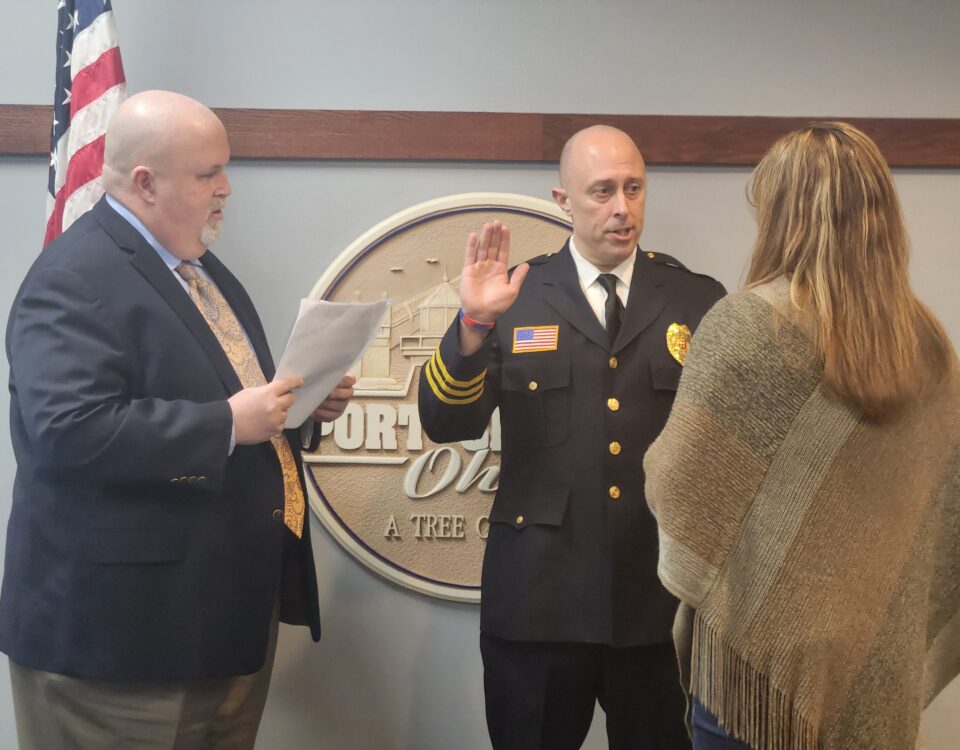Recommendations for Water Supply Flushing for Reopening of Buildings, Under Statewide COVID-19 Transition Plan

Port Clinton Teacher Parade, May 8, 2020
May 1, 2020
Notice of Special Work Detail Cleanup After The June 10 Storm
June 17, 2020Recommendations for Water Supply Flushing for Reopening of Buildings, Under Statewide COVID-19 Transition Plan

Dear Building Occupants, Owners and Tenants,
In accordance with Ohio’s statewide transition plan announced April 27, 2020, and as buildings re-open that have had little to no water usage during the Stay at Home Order due to the COVID-19 pandemic, it is important to flush water that has been stagnant in both cold- and hot-water distribution lines and fixtures. Low water usage can contribute to bacterial growth, including Legionella which can cause a serious type of pneumonia called Legionnaires’ disease. It can also cause other water quality issues with potential health risks due to the build-up of lead and copper in stagnant water that’s been collecting in older pipes and fixtures.
As buildings reopen, it is critical to drain, flush, and if necessary, based on a review of building conditions, disinfect the hot and cold-water systems to remove harmful contaminants. Devices that store water, such as drinking water fountains, water heaters, storage tanks, and any droplet or mist-forming devices such as cooling towers, humidifiers, showerheads, and certain medical and manufacturing devices and process equipment should also be flushed and disinfected in accordance with manufacturer’s recommendations or industry best practices.
The Ohio Department of Health and the Ohio Environmental Protection Agency have issued the “Guidance for Premise Plumbing Water Service Restoration.”
Please note that this guidance applies to the water systems of all types of buildings that are unoccupied or partially occupied during the COVID-19 pandemic, including but not limited to office buildings, manufacturing facilities, medical offices (e.g., physician and dentist offices, ambulatory surgery centers, outpatient centers, etc.), government facilities, and religious institutions. If you are a tenant of a building, we recommend that you share this information with the building owner, building manager, or management company and ask them to consider taking these precautions.
If you have any questions, please contact:
Ohio Department of Health
Bureau of Environmental Health & Radiation Protection
614) 466-1390
BEH@odh.ohio.gov
Ohio Environmental Protection Agency
Division of Drinking and Ground Waters
Emerging Contaminants Section
(614) 644-2752
Sincerely,
Amy Acton, MD, MPH
Director
Ohio Department of Health
Laurie Stevenson
Director
Ohio Environmental Protection Agency

